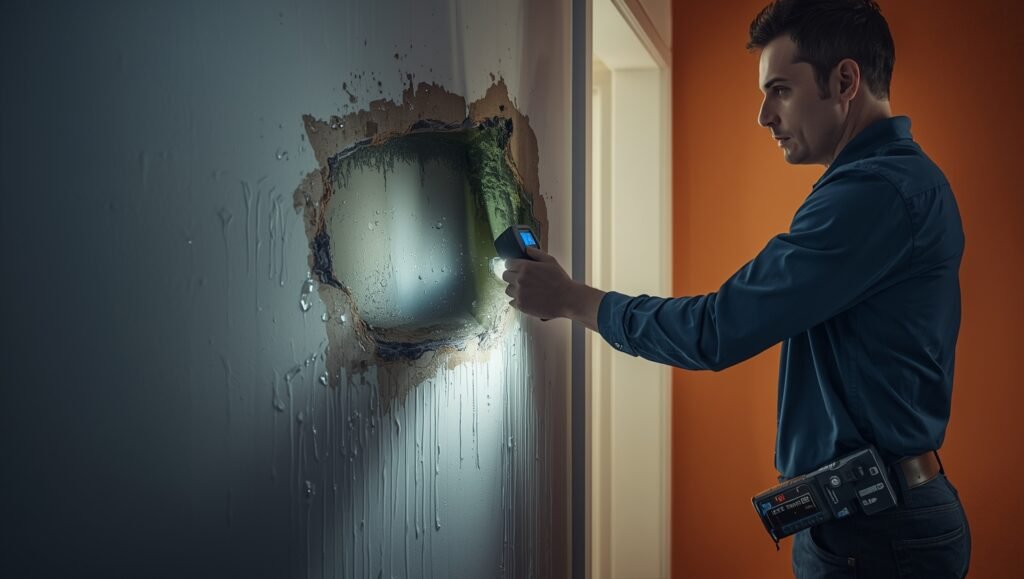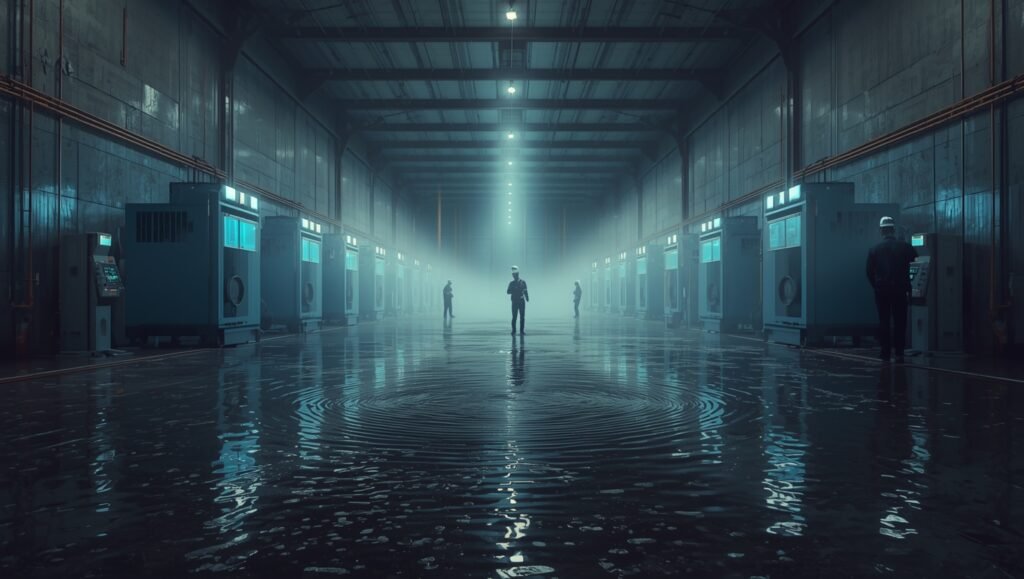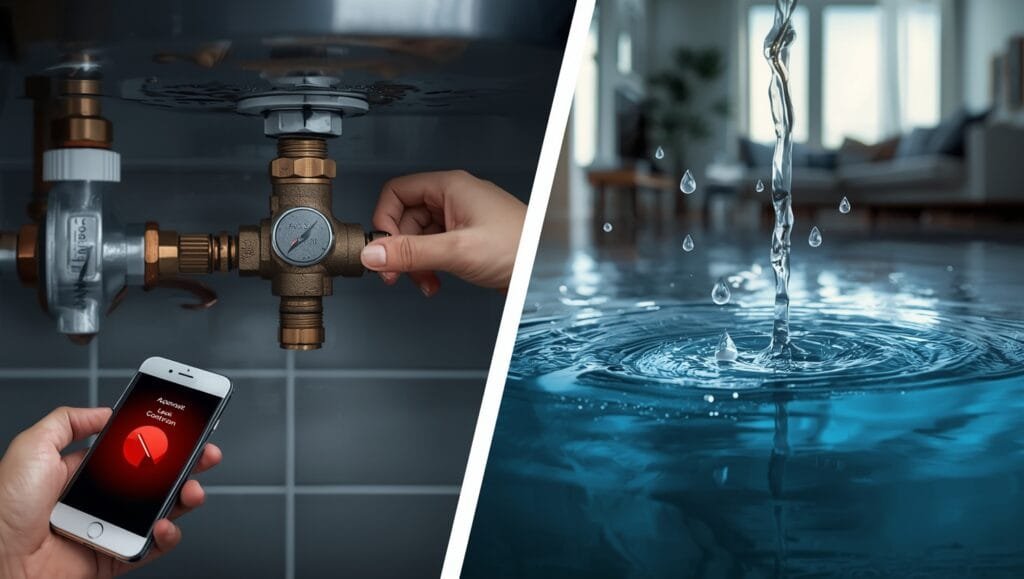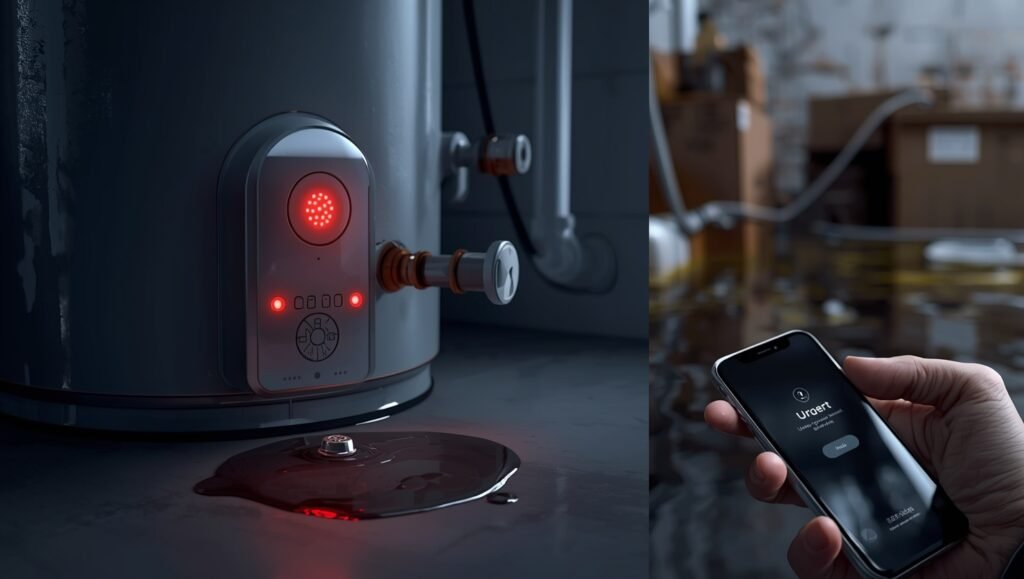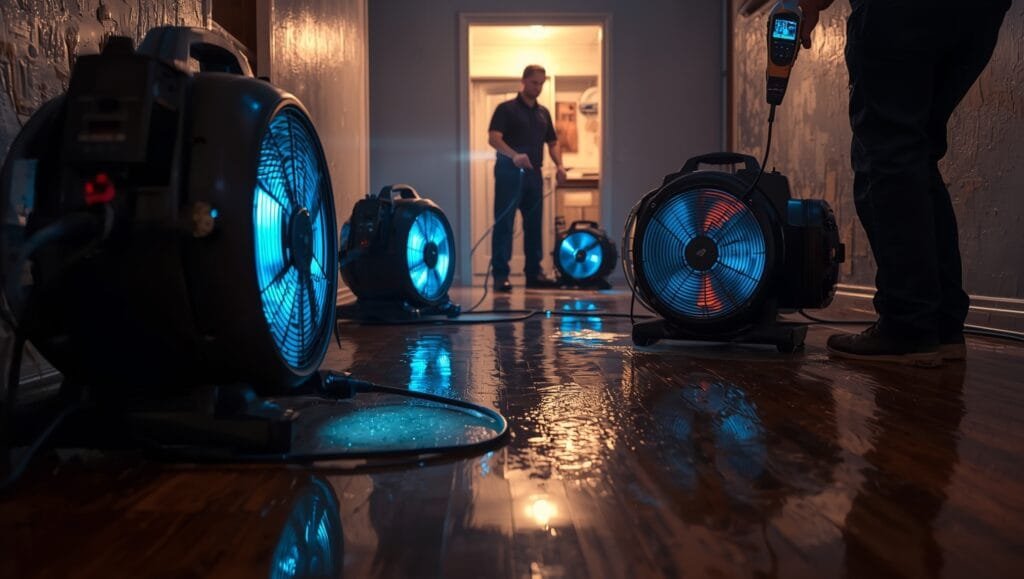What Does Water Damage Look Like: What Your Walls, Floors, and Ceilings Are Secretly Telling You
Your home is leaking money — and you might not even know it.
Water damage is like a silent predator. It creeps in unnoticed, causing destruction that can cost thousands in repairs. But what does water damage actually look like? And how can you catch it before it becomes a nightmare?
The First Signs: Visual Water Damage Indicators
Water damage isn’t always a dramatic flood. Sometimes it’s subtle, hiding in plain sight. Here are the key visual signals:
1. Discoloration and Staining
Water damage often starts with weird color changes. Look for:
- Yellow or brown water stains on ceilings
- Dark or bronze-colored patches on walls
- Grayish or greenish marks near baseboards
One Rochester homeowner discovered a massive water damage issue after noticing a small bronze stain near their bathroom ceiling. What started as a quarter-sized spot ended up revealing a major pipe leak.
Bottom line: Discoloration is water damage’s calling card — ignore it at your own risk.
2. Warping and Bubbling Surfaces
Water doesn’t play nice with solid surfaces. Watch for:
- Warped wooden floors that look uneven
- Bubbling or peeling paint
- Swollen baseboards or door frames
When wood absorbs moisture, it expands. That expansion creates visible distortions that scream “water damage!”
Bottom line: Warped surfaces mean moisture is winning the battle against your home’s structure.
3. Visible Mold Growth
Mold is water damage’s most notorious sidekick. It thrives in damp environments and spreads fast. Look for:
- Black, green, or white fuzzy patches
- Musty odors in specific areas
- Clusters of spots near plumbing or humid spaces
Walt Latuik from JetDry Restoration has seen countless homes where mold turned a small leak into a $50,000 renovation project.
Bottom line: Mold isn’t just ugly — it’s a health hazard and structural threat.
4. Soft or Spongy Textures
Water-damaged materials lose their rigidity. Test surfaces by:
- Pressing walls and feeling for soft spots
- Checking if wooden floors feel spongy
- Inspecting drywall for unusual give or squishiness
A soft wall might seem harmless, but it’s basically waving a red flag that serious damage is happening underneath.
Bottom line: If it feels weird, water has likely compromised the material’s integrity.
5. Unexplained Humidity and Condensation
Sometimes water damage announces itself through environmental changes:
- Persistent indoor humidity
- Condensation on windows and mirrors
- Damp feeling in specific rooms
These subtle signs often precede more dramatic water damage symptoms.
Bottom line: Weird indoor moisture means water is infiltrating somewhere unexpected.
Caught water damage early? You might save thousands. Missed the signs? Repairs could drain your bank account.
Walt and his team have saved homes like yours for over 20 years. If you’re dealing with water damage in Rochester, NY — don’t wait. Contact JetDry now and get help fast.




